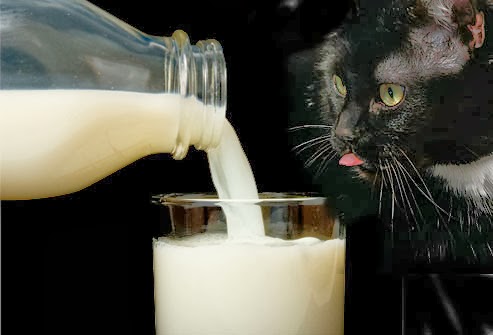As we take this journey together in understanding pet loss and the grief process, it’s important that we understand some of the basics of these emotions. We’ll cover topics from the definitions of grief and mourning to why pet loss is considered a “disenfranchised grief” for many suffering the loss of a beloved pet.
Definitions
Grief is what we feel on the inside. It’s the intense feeling that sits within our heart, our stomach and our entire being that says we hurt from this loss. The loss can be death, divorce, a child moving away, illness, loss of a job or a variety of other things that represent someone no longer having something.
Mourning is what we show when we lose something. In other words, it’s grief gone public. It can look like crying, screaming, yelling, throwing things, or a variety of other physical actions that one might do to show their emotions.
One of the most important parts of a grief journey is to actively mourn. “He who mourns, mends.” A grieving heart needs to be active with their mourning, to show their grief through mourning, to physically do things to get to a point that the death and the loss has been reconciled into one’s life.
Companioning with a grieving heart is walking the grief journey with them. It’s not leading them, guiding them, or taking the journey for them. It’s merely being there as a companion to listen and to provide the permission that a grieving heart needs to do their active mourning.
As a companion, it’s incredibly important to “honor the story” with the grieving heart. To be patient with their broken heart so that they can actively mourn through the use of telling their story, telling about the life they shared with their beloved pet. Companions should provide that safe place that one needs to know that they can share their deepest emotions, their innermost thoughts, and to know that they will not be shamed nor made to feel “crazy” for the hurt they are experiencing with this loss.
The Death of a Pet and Disenfranchised Grief
When we lose a human family member, most people have a built-in support system. Or, if nothing else, people will most always empathize with the expression of loss of a human family member with “I’m so sorry to hear about your dad.” However, with sixty-two percent of our population having a pet, that means that 38% does not. Therefore, if a person’s entire support system is comprised of those that represent 38%, a person who’s experiencing grief over the death of a pet might not receive the empathy and support that would organically be expressed with the loss of a human family member.
Help for Sick and / or Dying Pets
Should you have a sick or dying pet, we can provide your pet some comfort with our energy healing known as Animal Reiki. Learn more here ~ Animal Reiki
* * * * * * * * * * *
Raven is an engaging entrepreneur who encourages others to
celebrate pets as part of the family, as well as keep them happy, healthy, and
spoiled with her online specialty pet boutique (http://www.TheGiftedPet.com), and
premium pet food business (http://www.PremiumPetFoodStore.com)
For more information, please visit her Facebook page to PM
her (https://www.facebook.com/TheGiftedPet),
or email her at Raven@TheGiftedPet.com



























